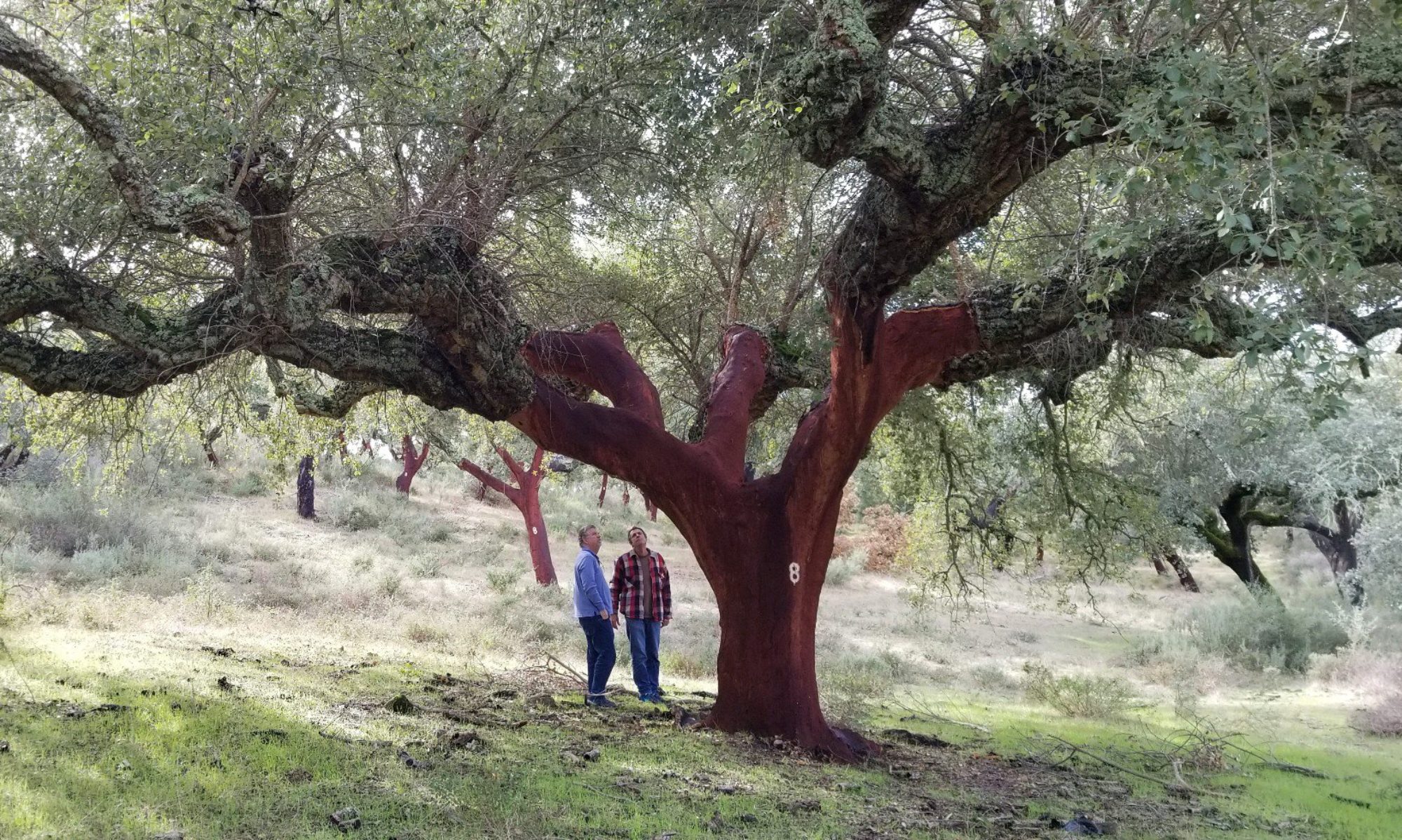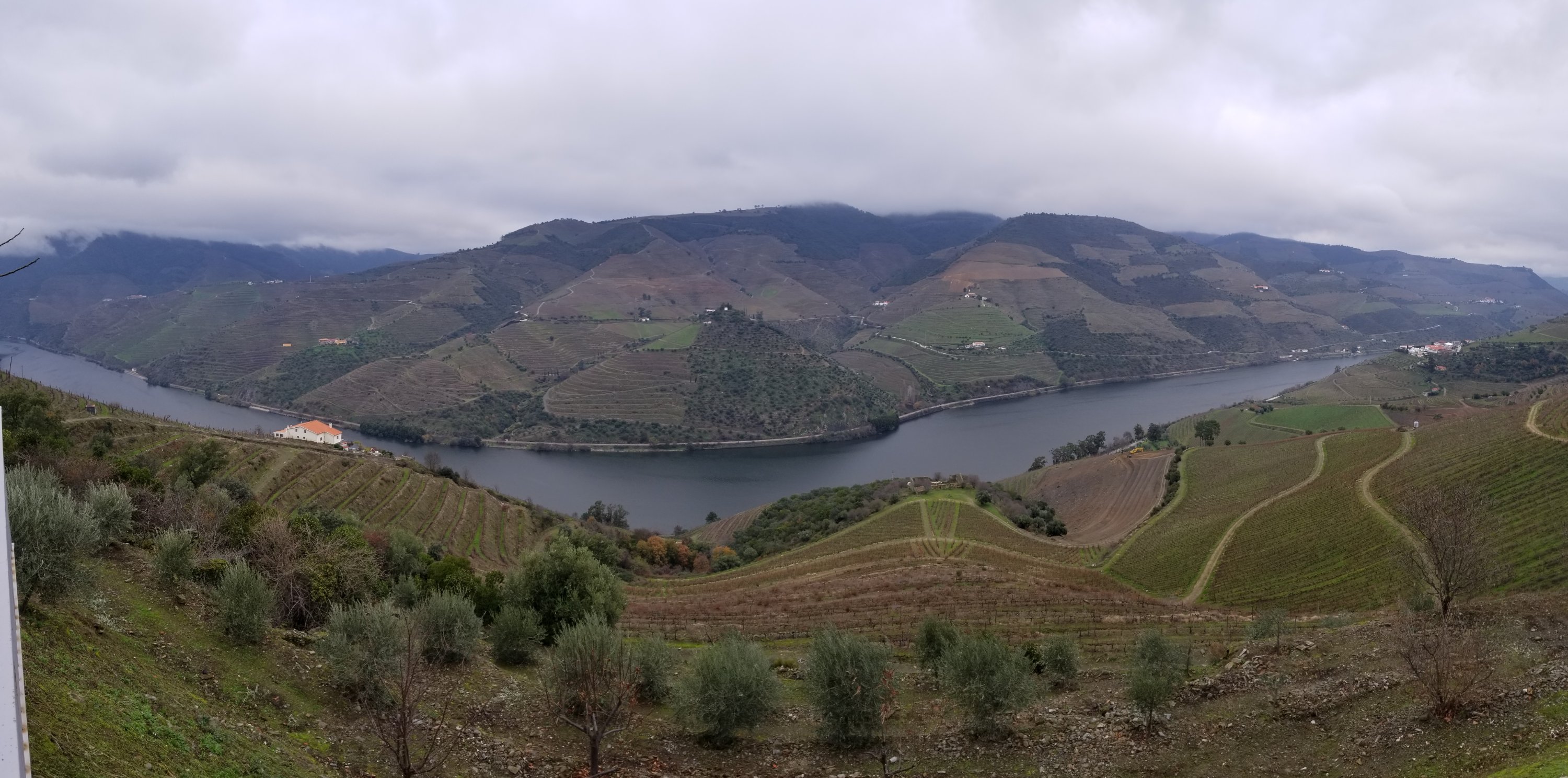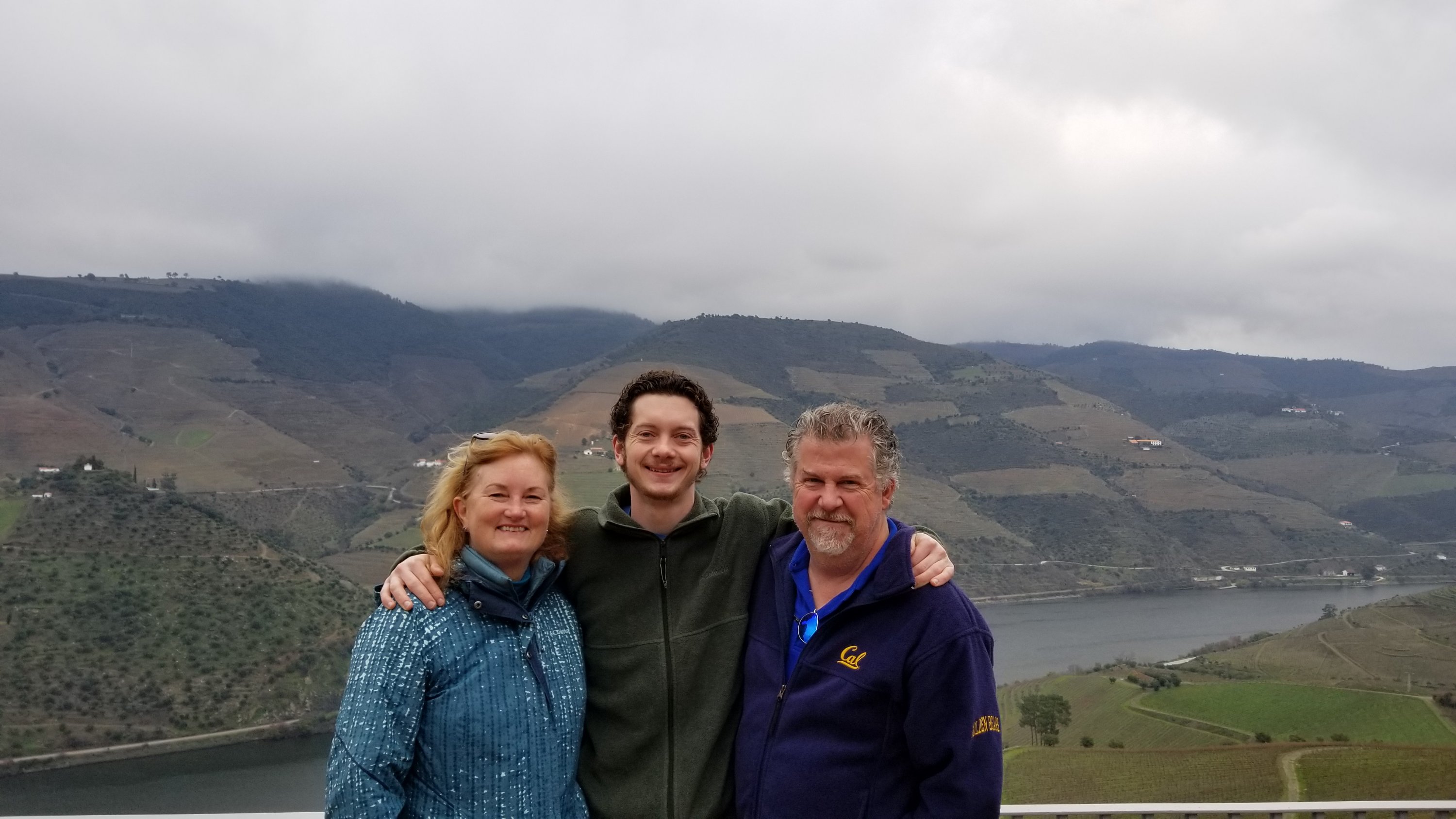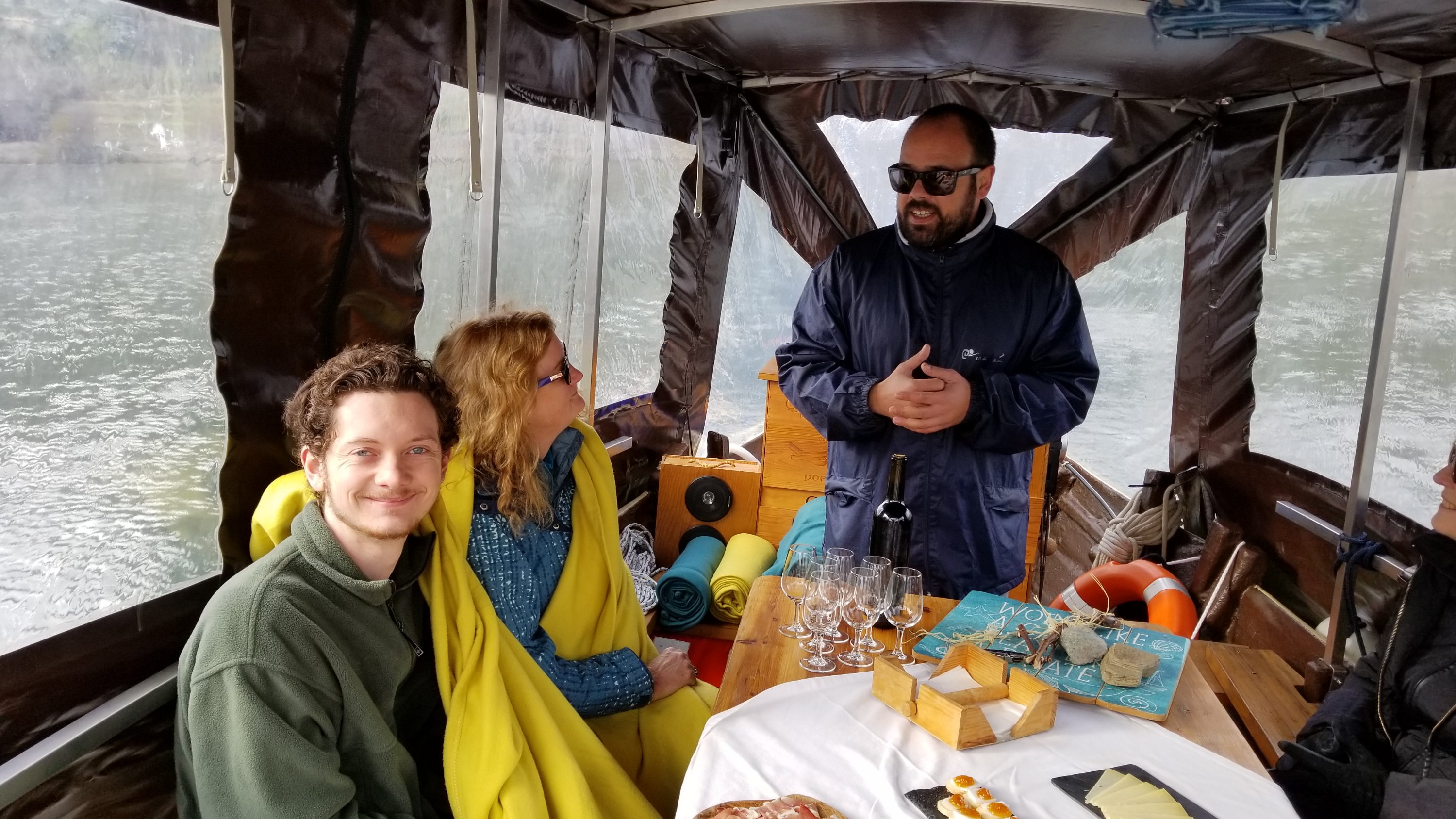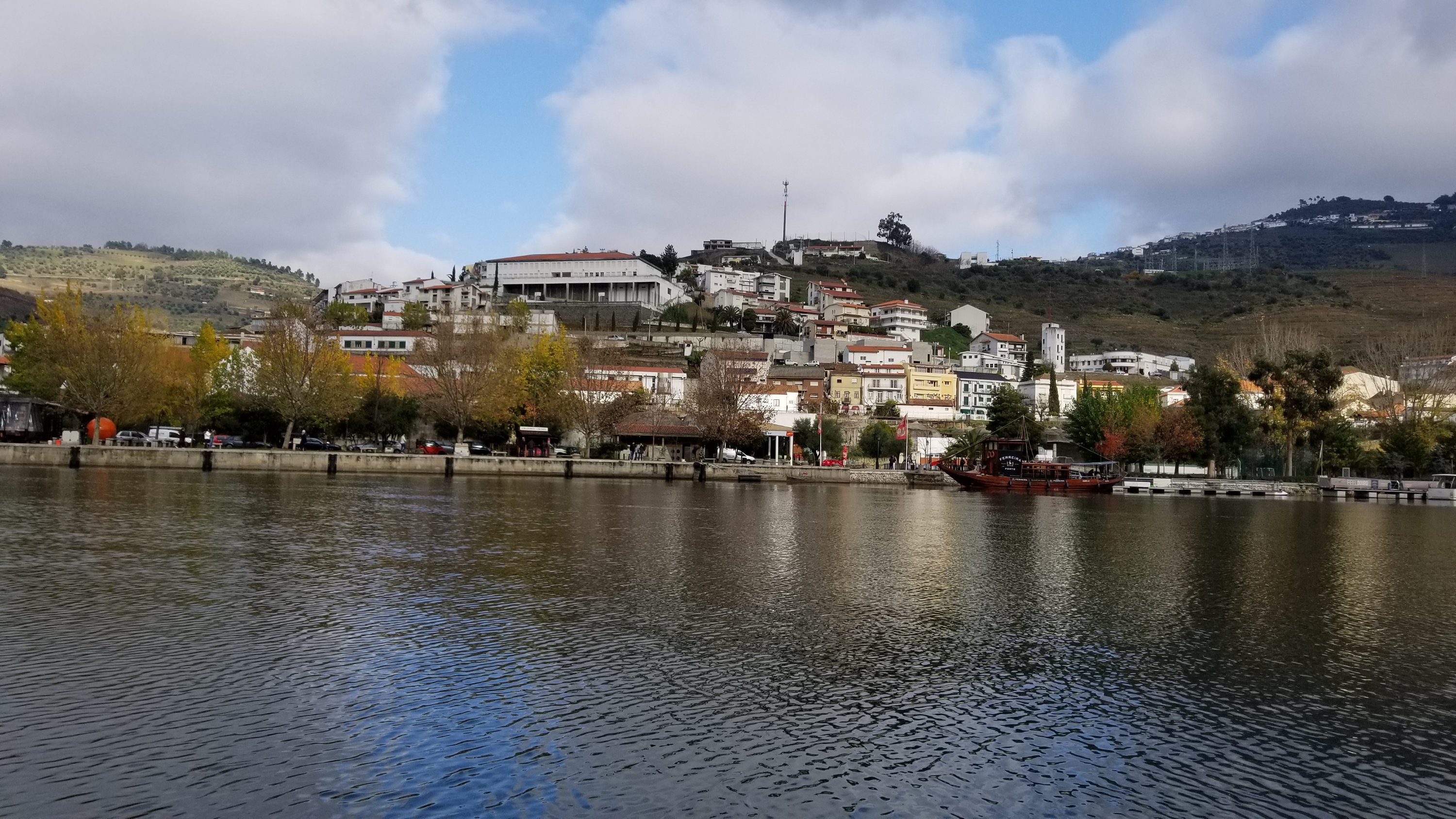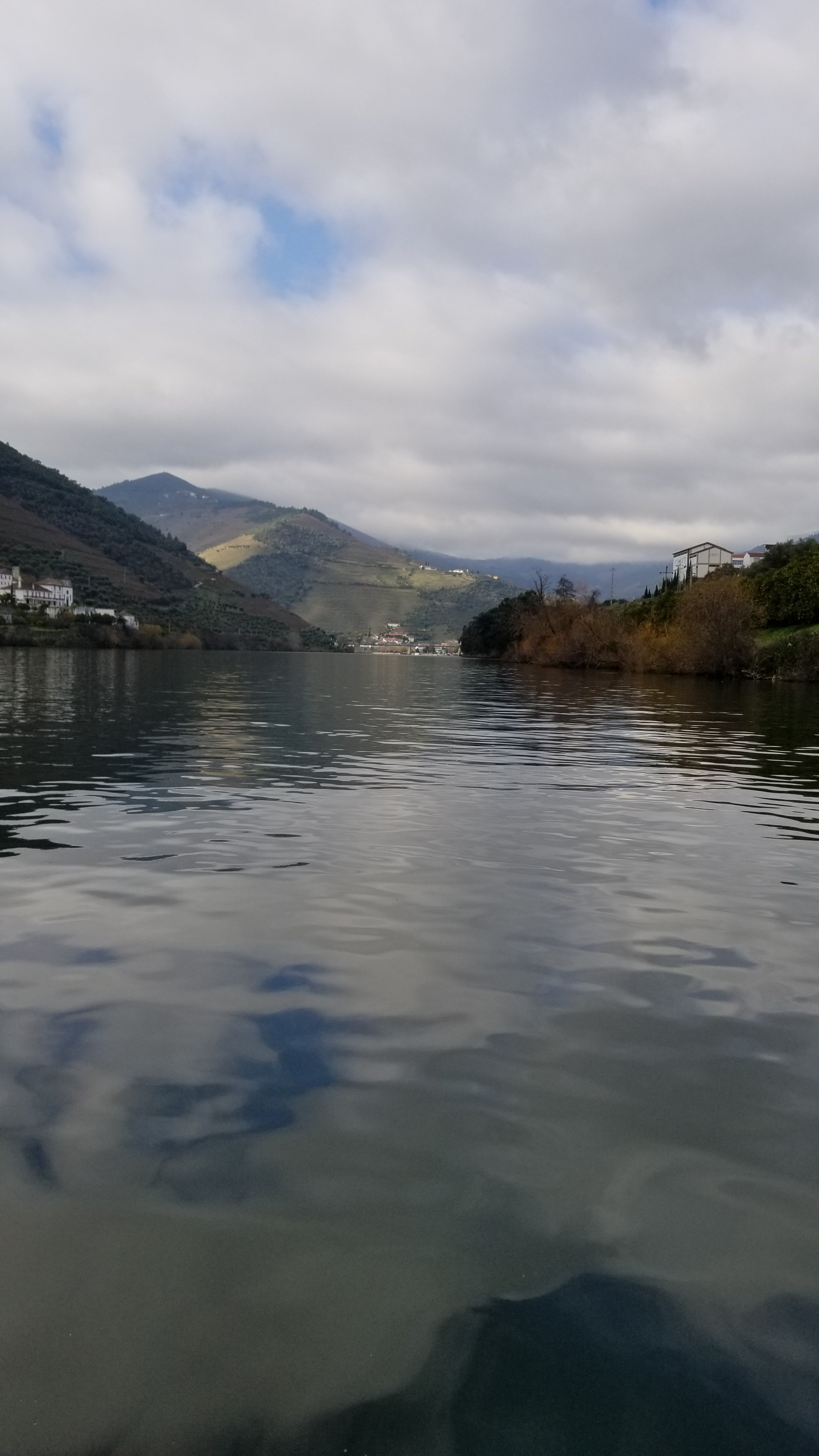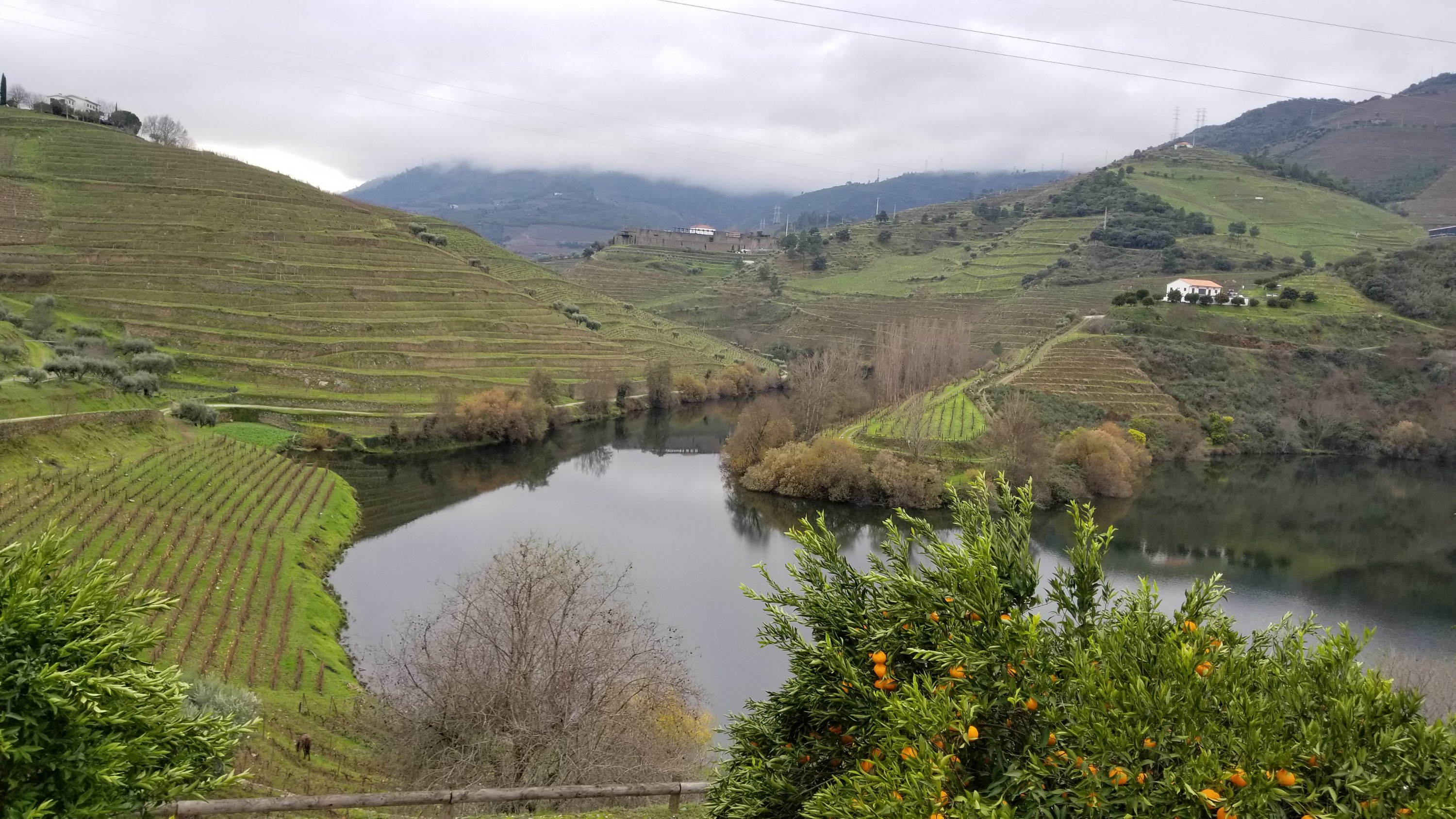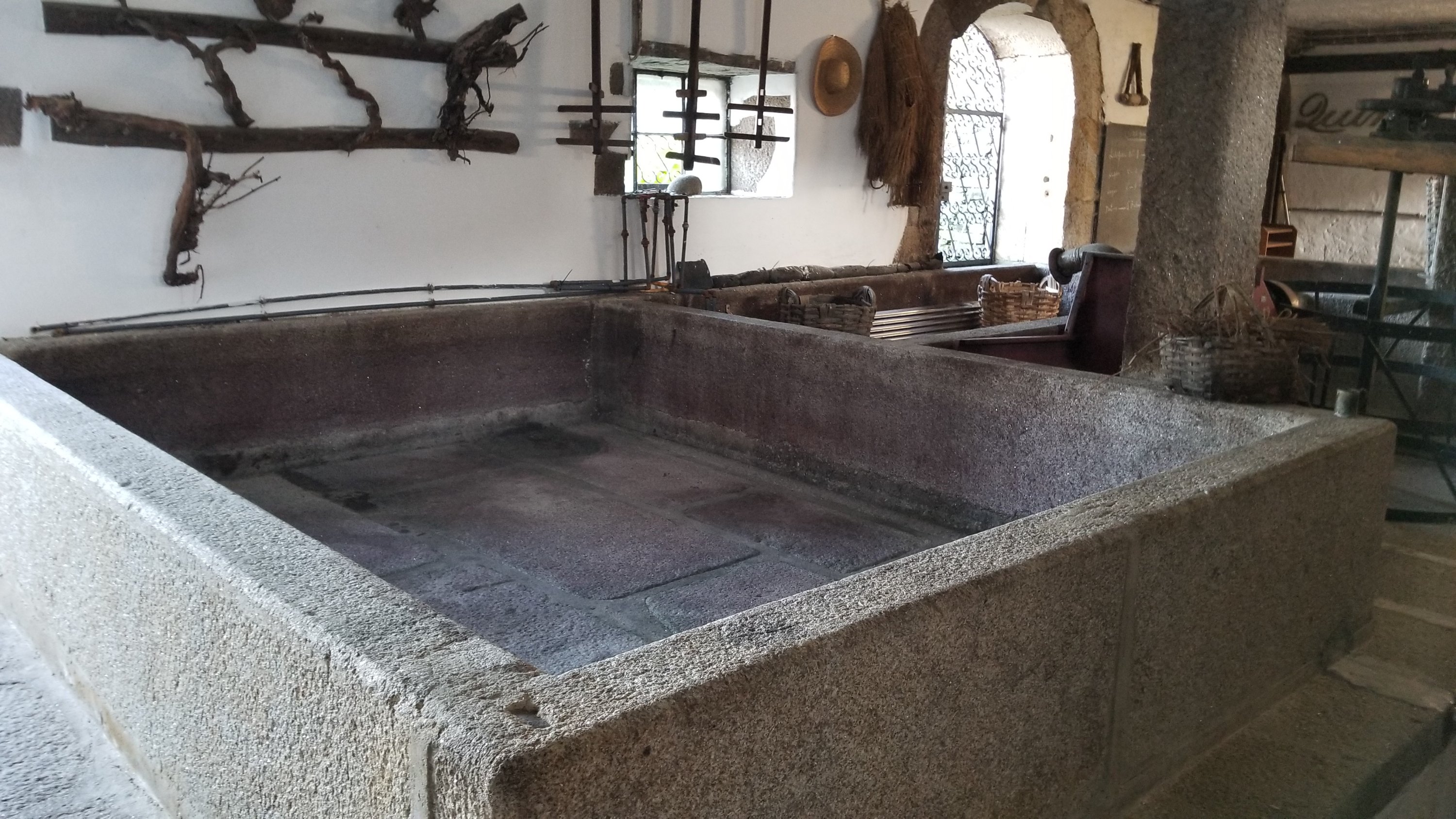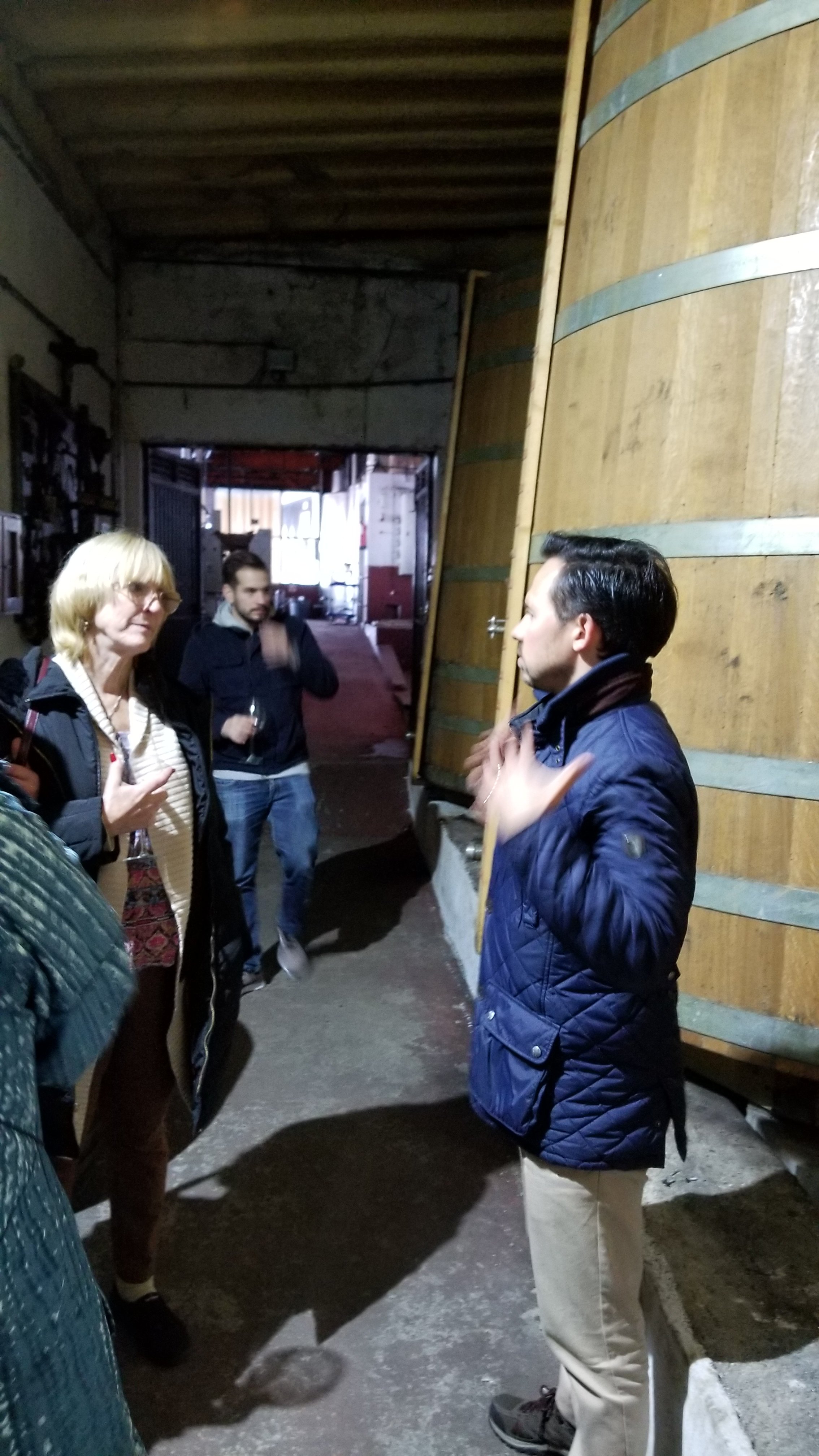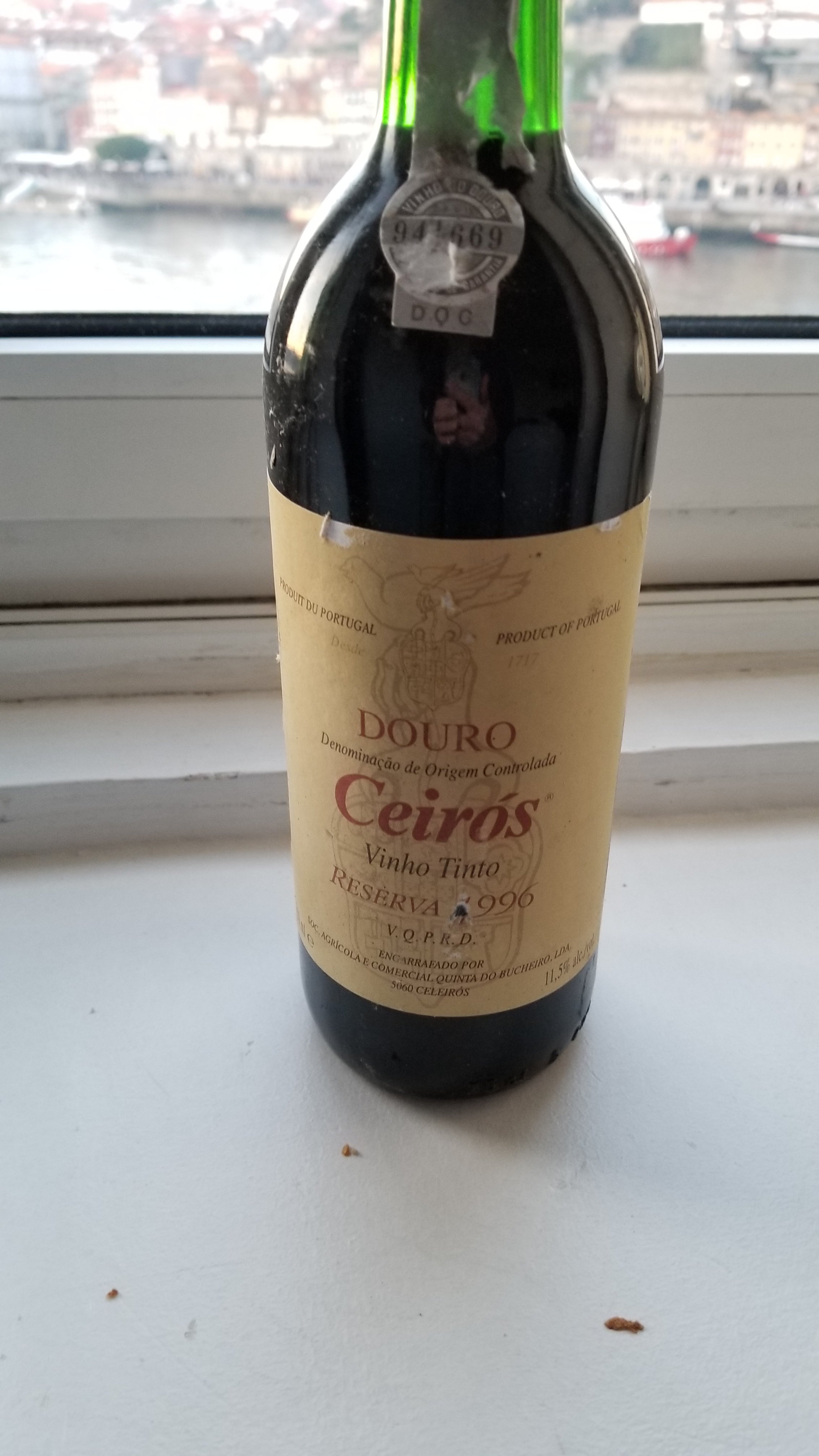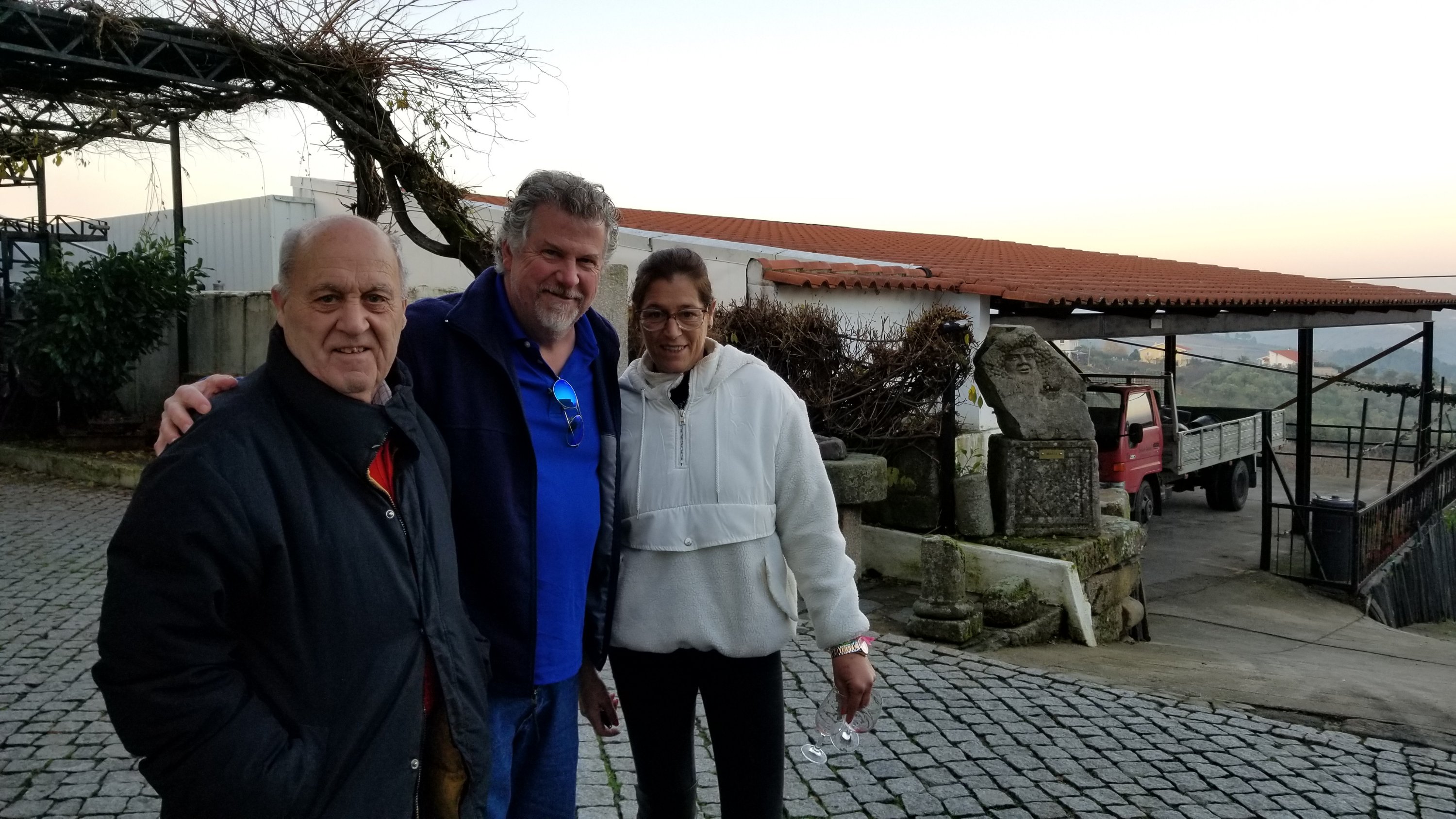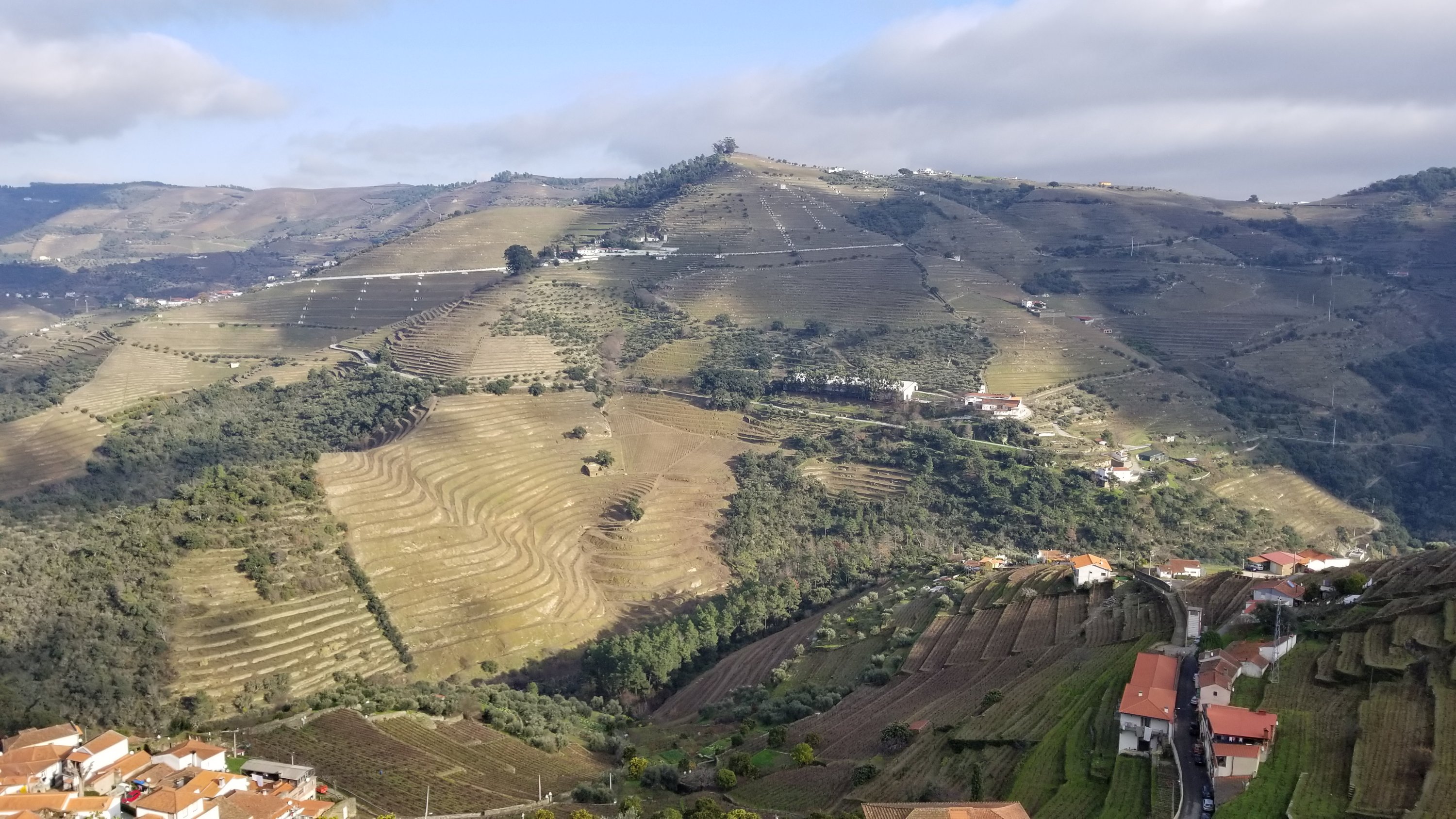Our son Fletcher turned 22 on December 30th. For his birthday he wanted to see something “old”, as in Roman ruins. I had read up on Conimbriga, which has some of the most extensive Roman ruins in Portugal. It’s about an hour and a half drive south of Porto, so we hired our previous Daytrip driver, Leonardo, to take us. I need to make it clear, Leonardo is the best driver I have ever hired, and I’ve hired quite a few. If you are ever going to Porto, make sure you ask me for his contact info. Affordable and safe, and very endearing.
Conimbriga is “very expensive” to get into….I think it was 4 euros for adults, and 2.50 for students (Fletcher is indeed going back to school in January, so he qualifies). Ouch…what an outlay for this incredible piece of history!
This is a floor from a Roman home. This place has several floors that are quite similar, some of them quite interesing….stay tuned.
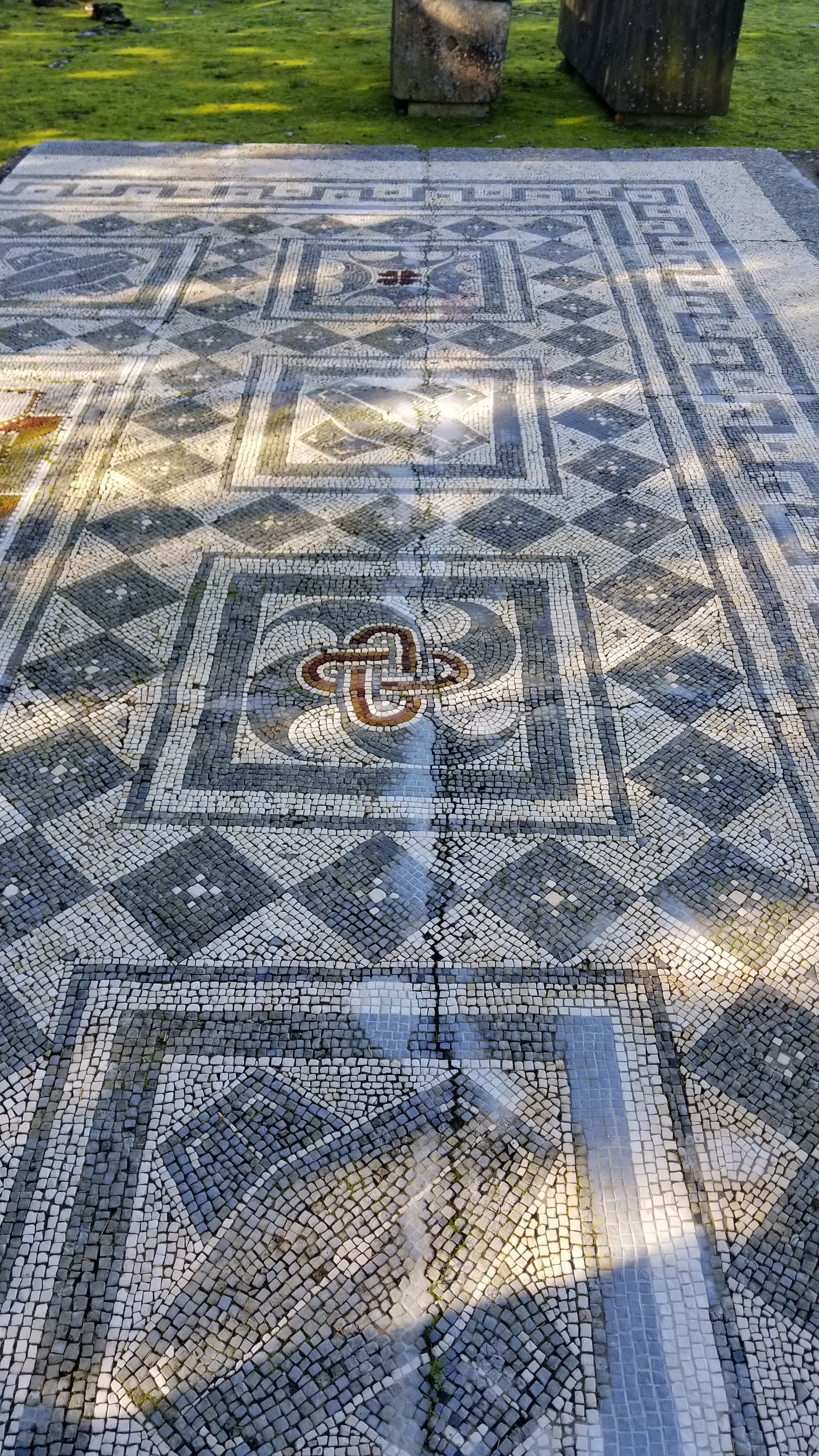
These mosaic floors were discovered in 1899 during preliminary excavations. This one is from a dining room in a house on the property (since relocated). It was built in the late 2nd or 3rd centuries.
Another floor of a house from the same time period, this time in the actual location of the house.
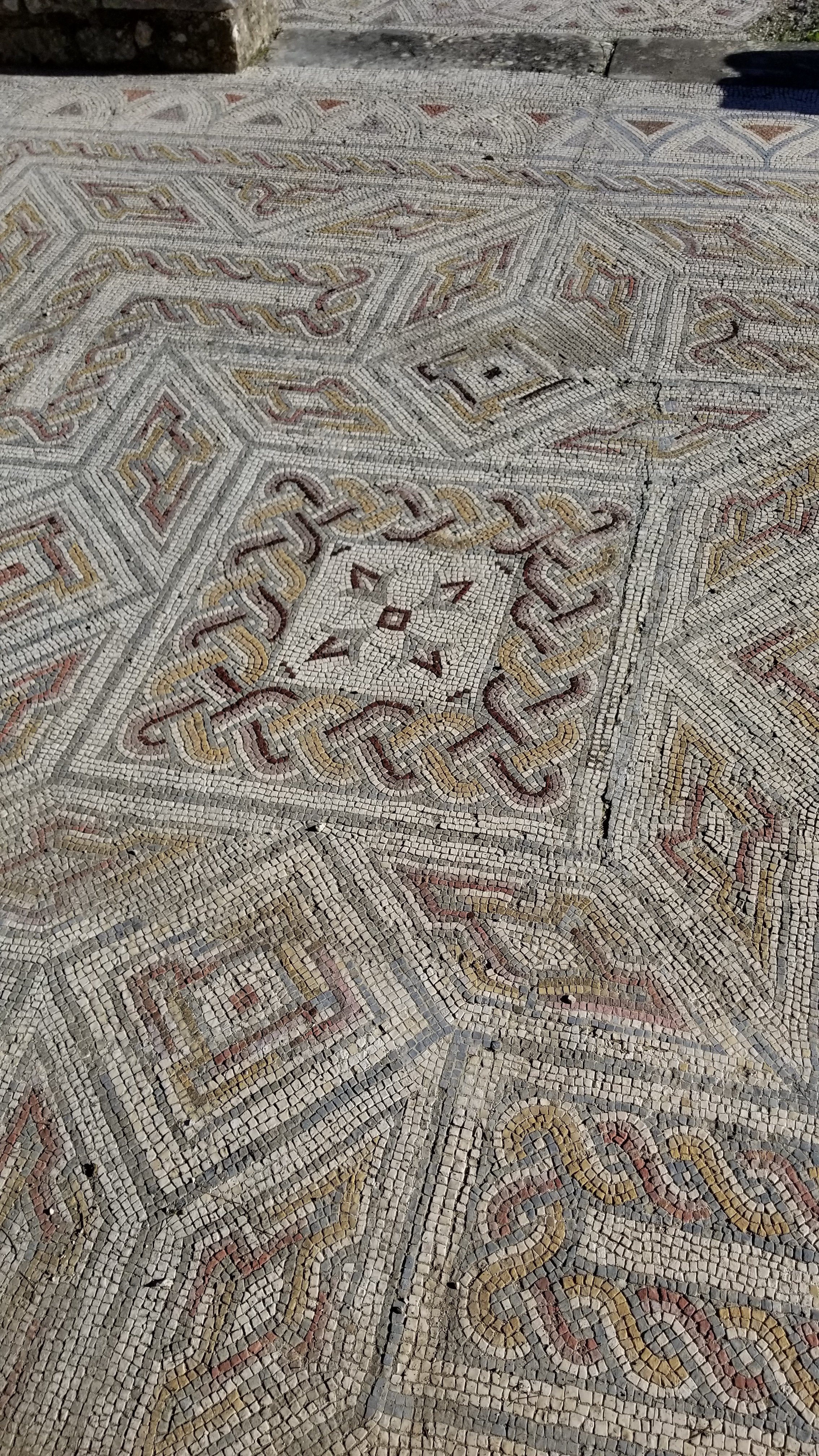
This one had a very distinctive pattern. Can you see it?
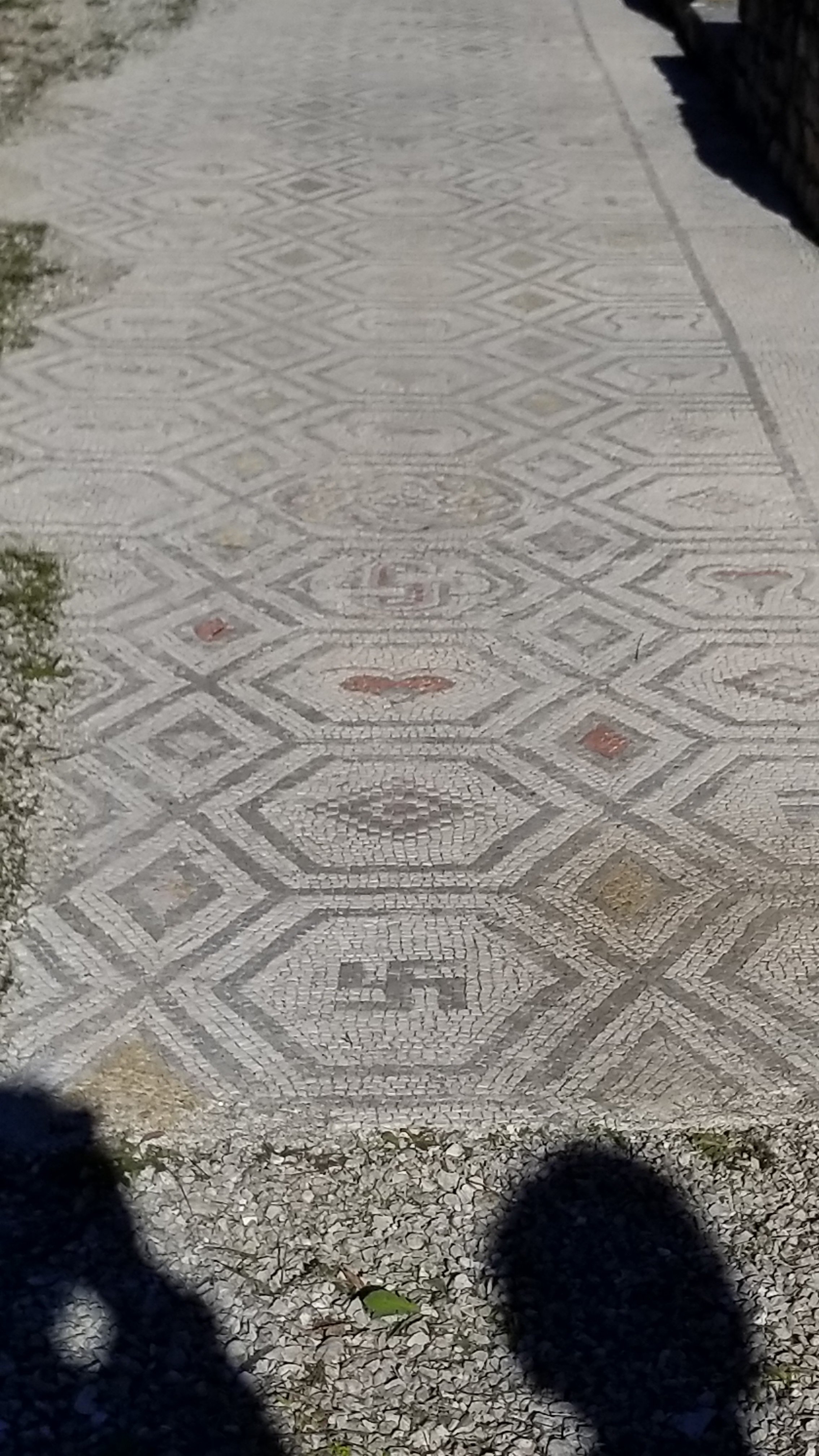
Maybe these shots of the floor will make it more obvious.
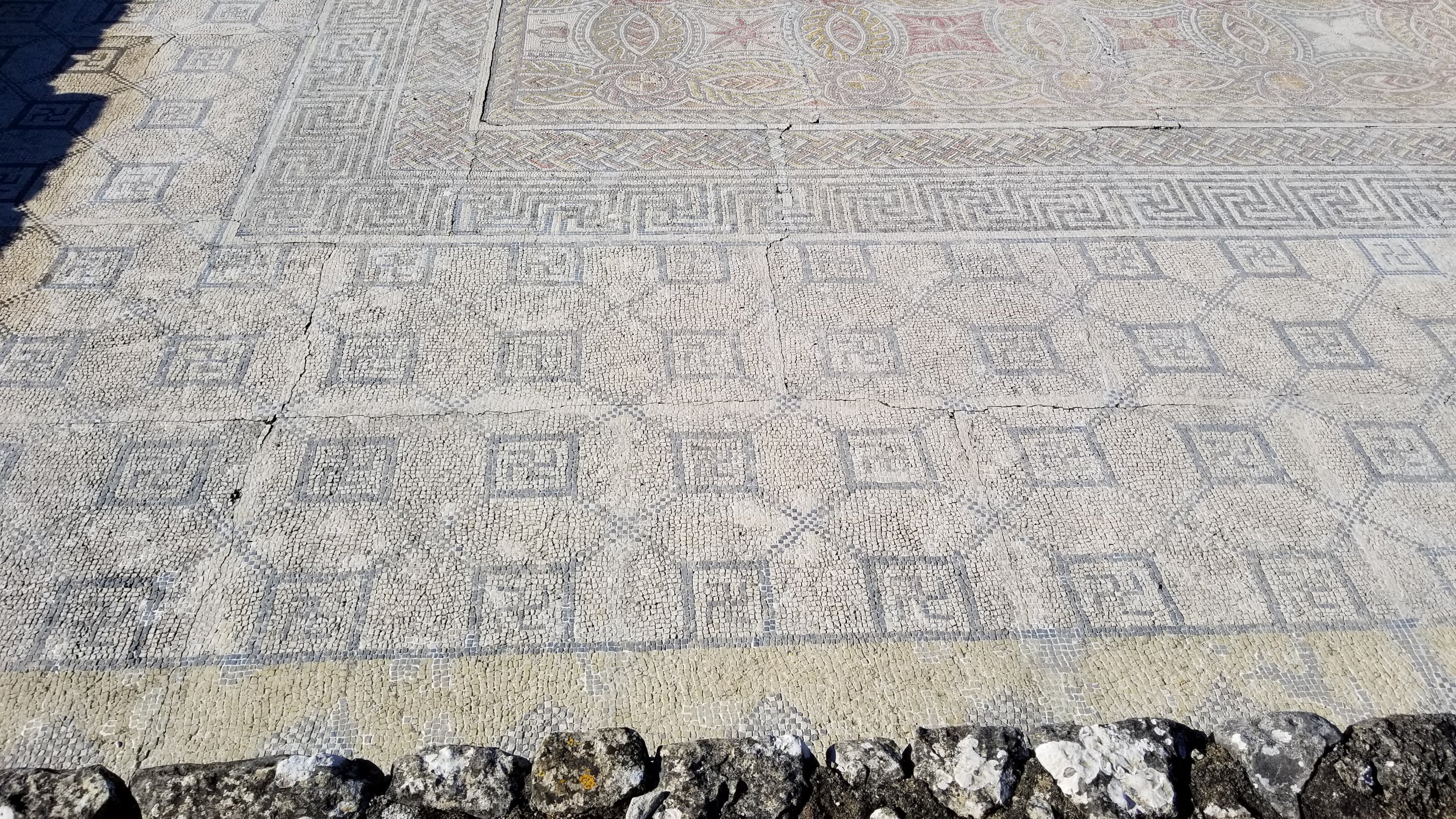
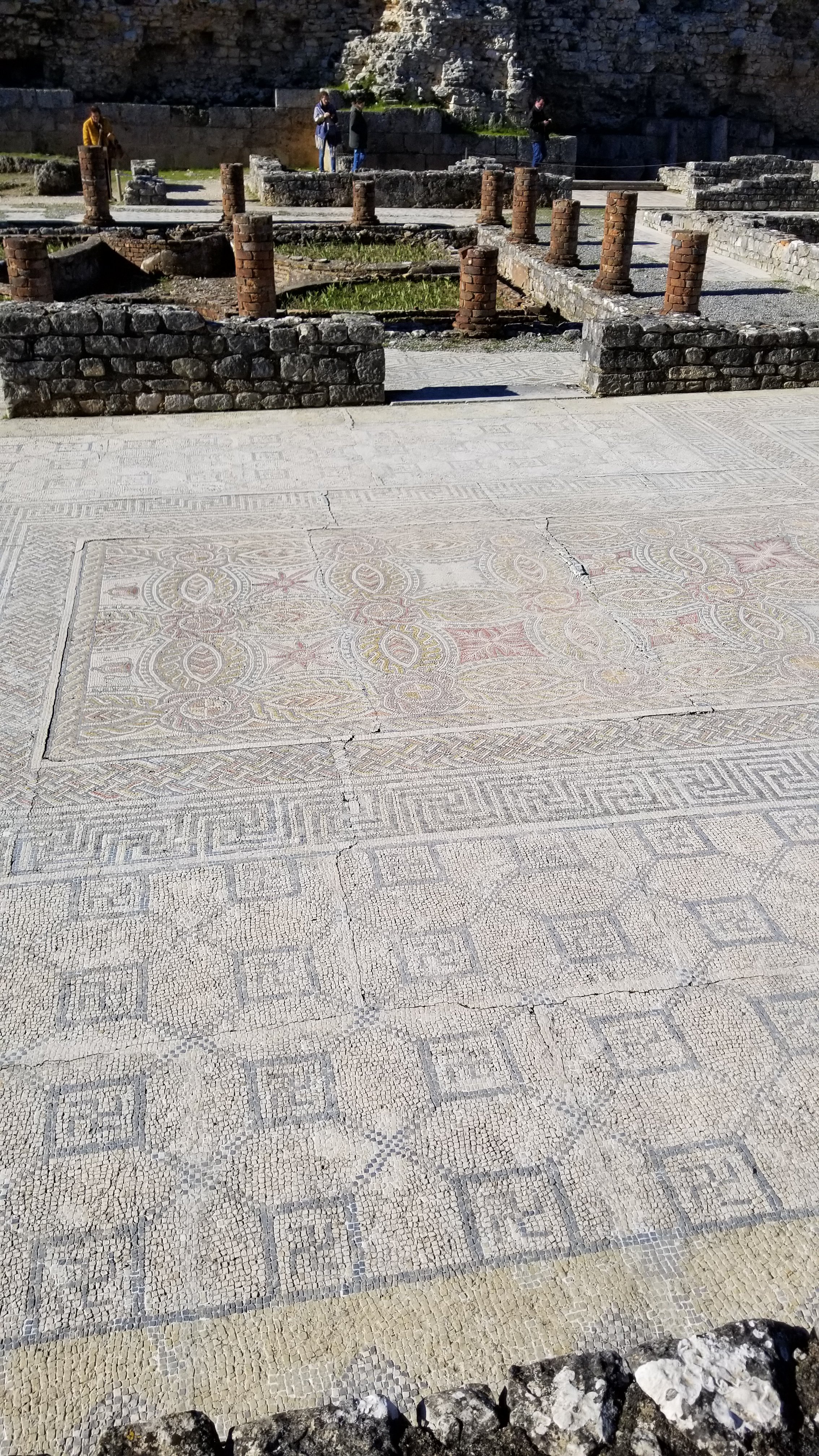
This was known as the House of the Swastika. Long before being used as a symbol by Hitler, it was a sign of divinity and spirtuality. I’m just glad some form of intolerance hasn’t forced them to cover this up here in Portugal. I can’t say the same if there was a similar historical site in America, but the Romans didn’t make it that far.
This area was called the House of the Fountains. It was discovered in 1939 and was built in the first half of the 2nd century. There are a lot of mosaic floors and well as water features. The original house that sat on this site was demolished for the building of a fortification called the Late-Empire wall….this seemed to be a trend. Most of the best preserved ruins were there because they were initially demolished for a fortification that was built right on top of them.
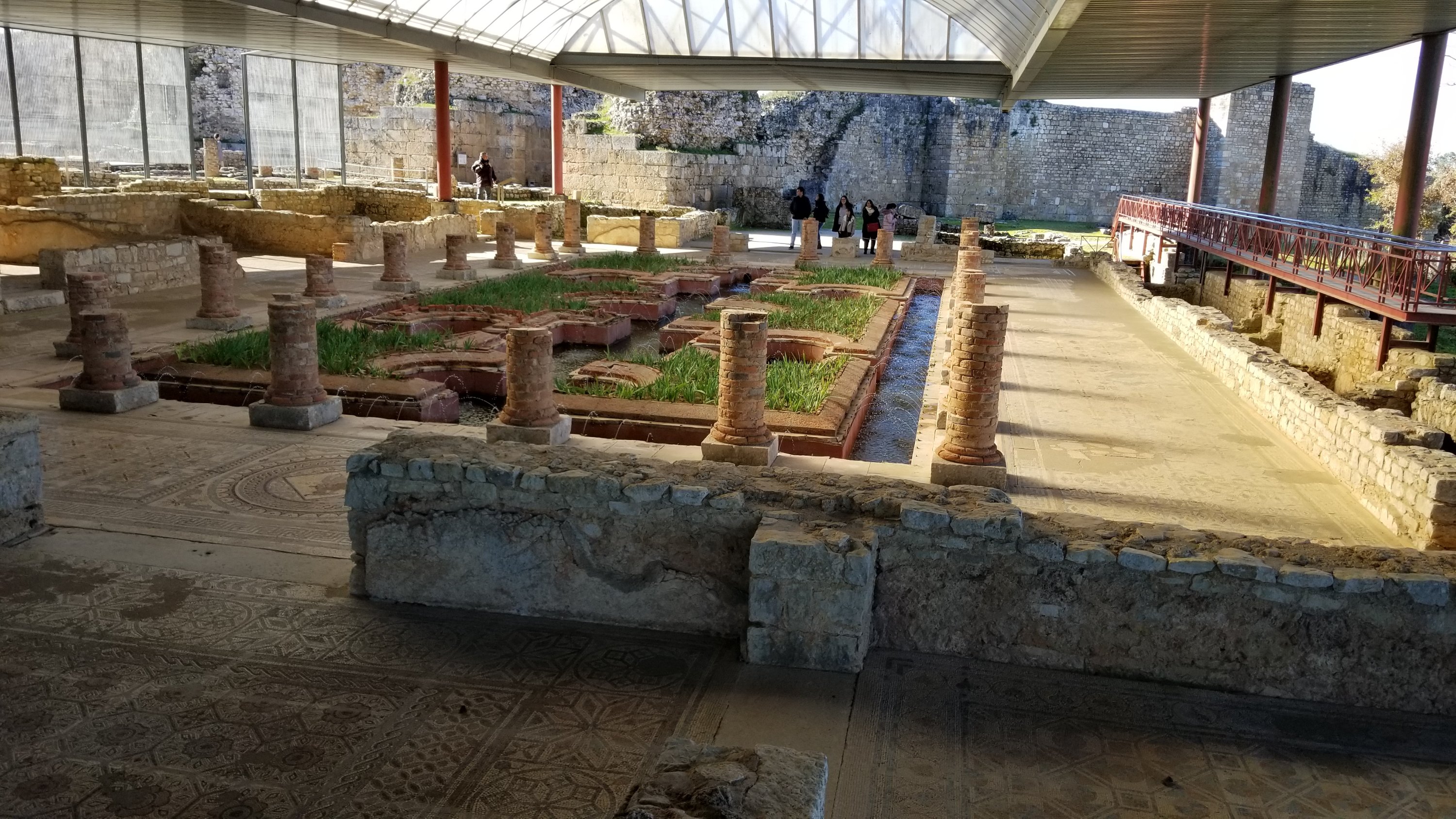
One of the mosaic floors.
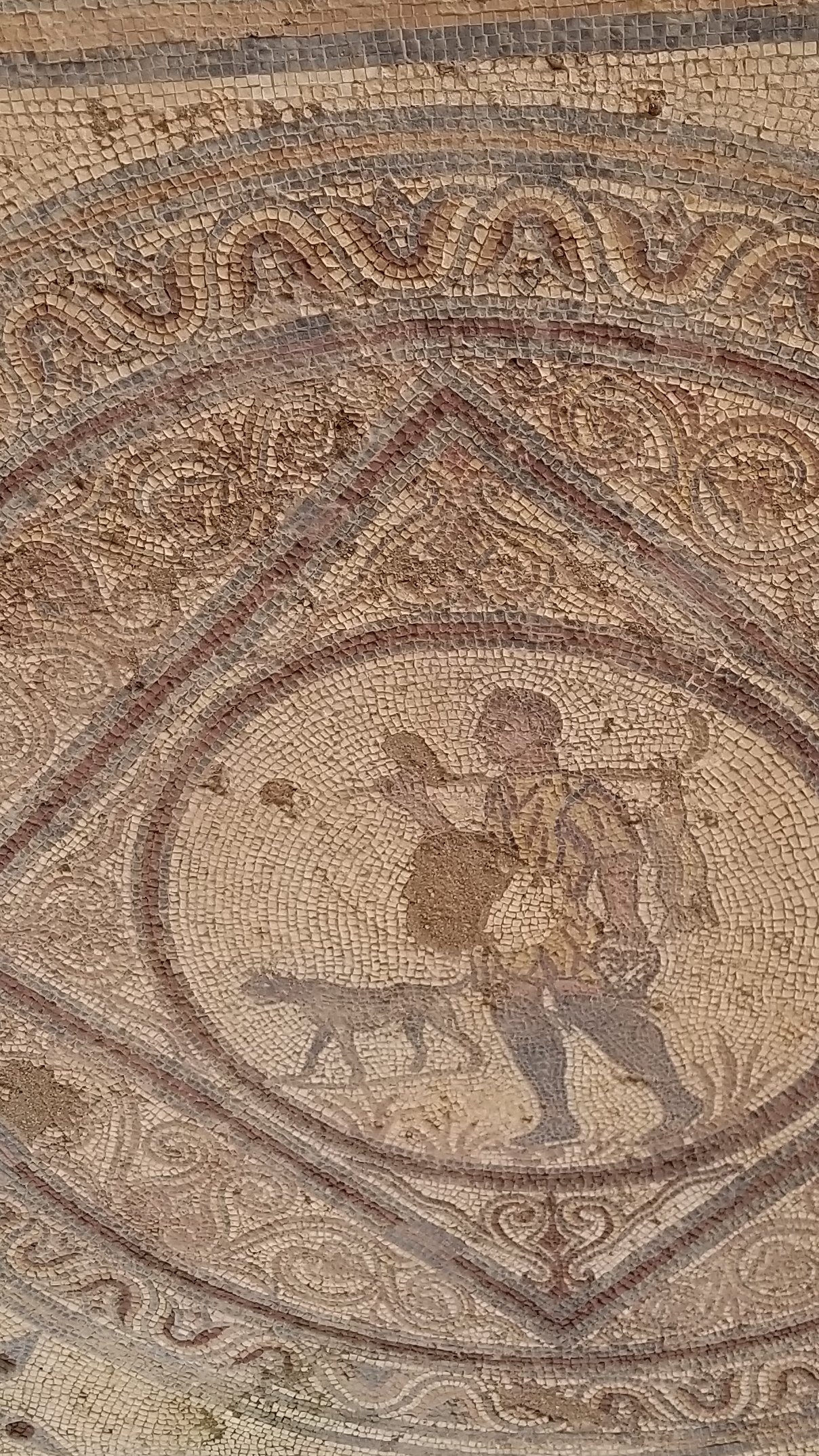
It seemed like the bulk of the mosaics in this house were based on hunting, so this was obviously the redneck Roman house!
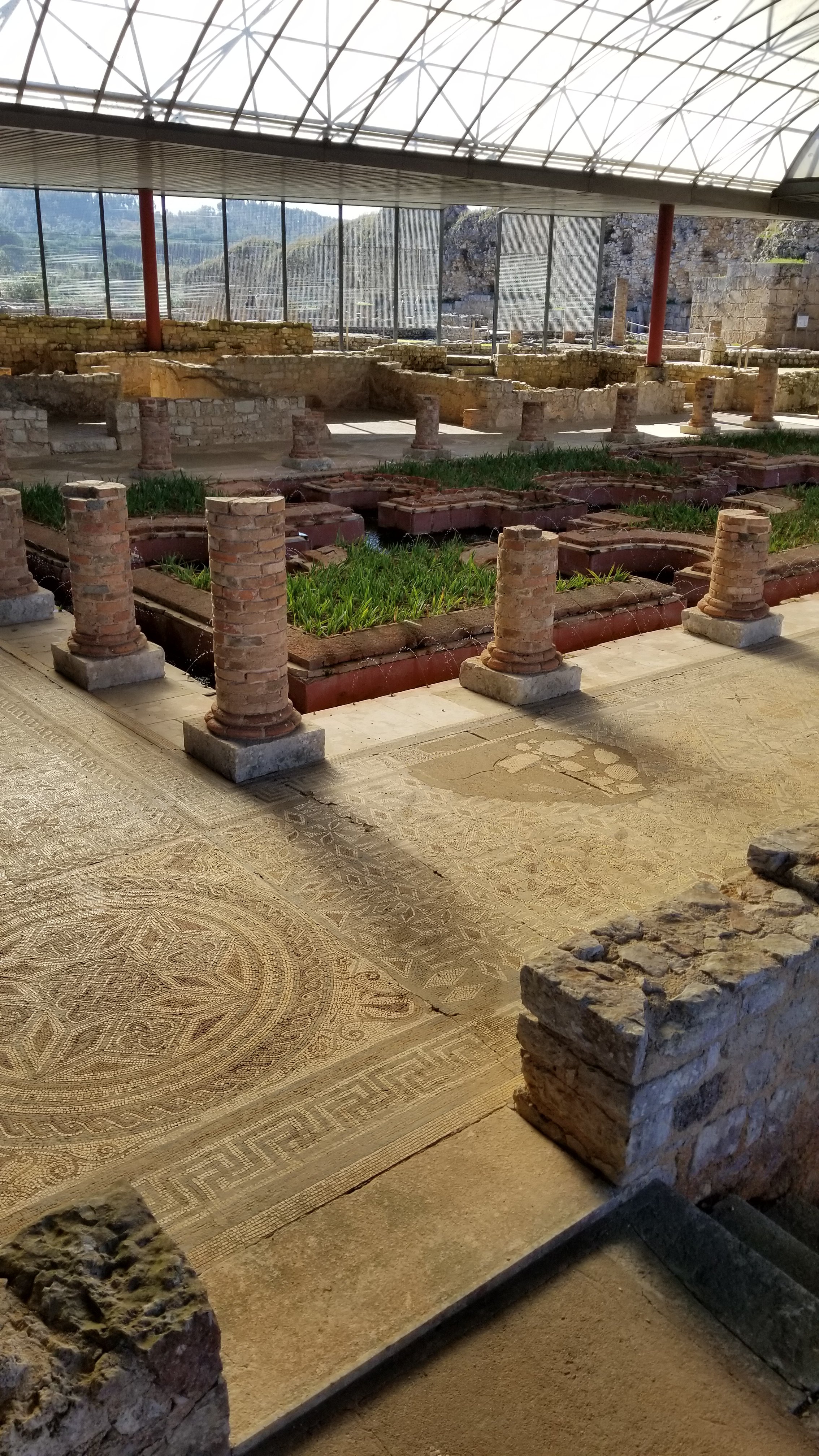
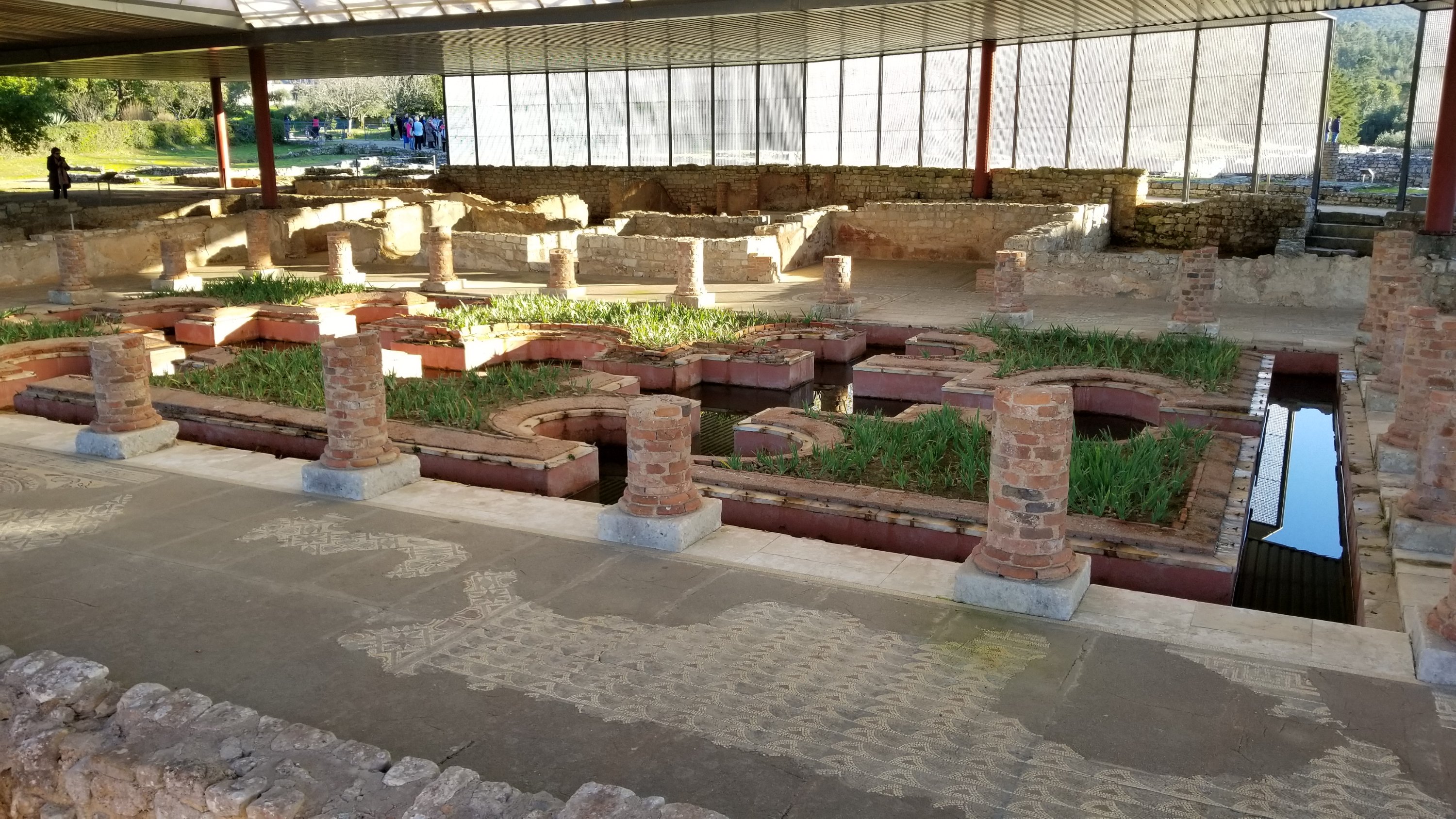
There were some areas where it was pretty obvious they had some recent extensive refurbishment.
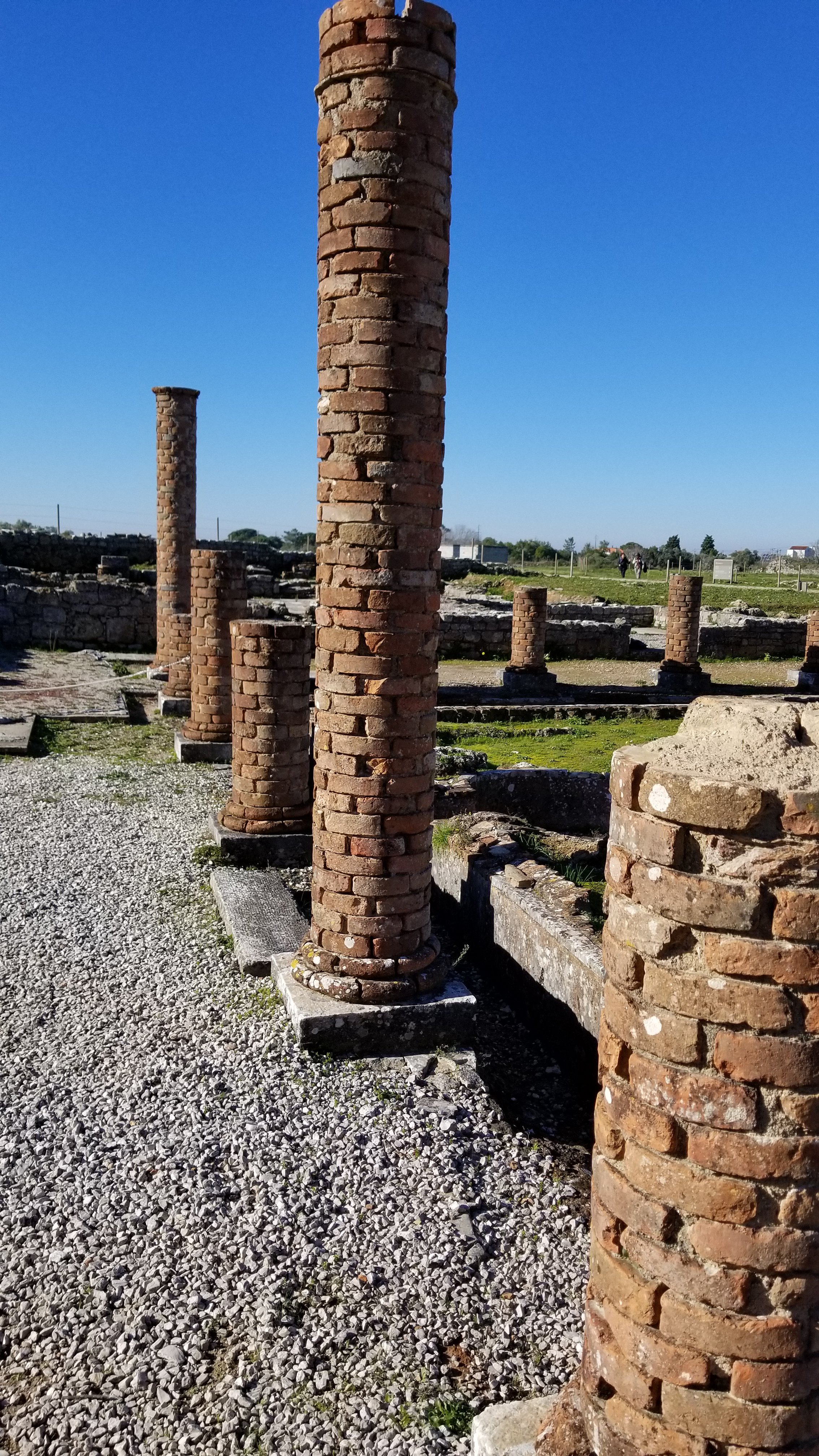
I didn’t get a shot of it, but here is a Tripadvisor photo of the Forum the way it looks today.

Here is a shot from the museum that shows how it looked in Roman times.
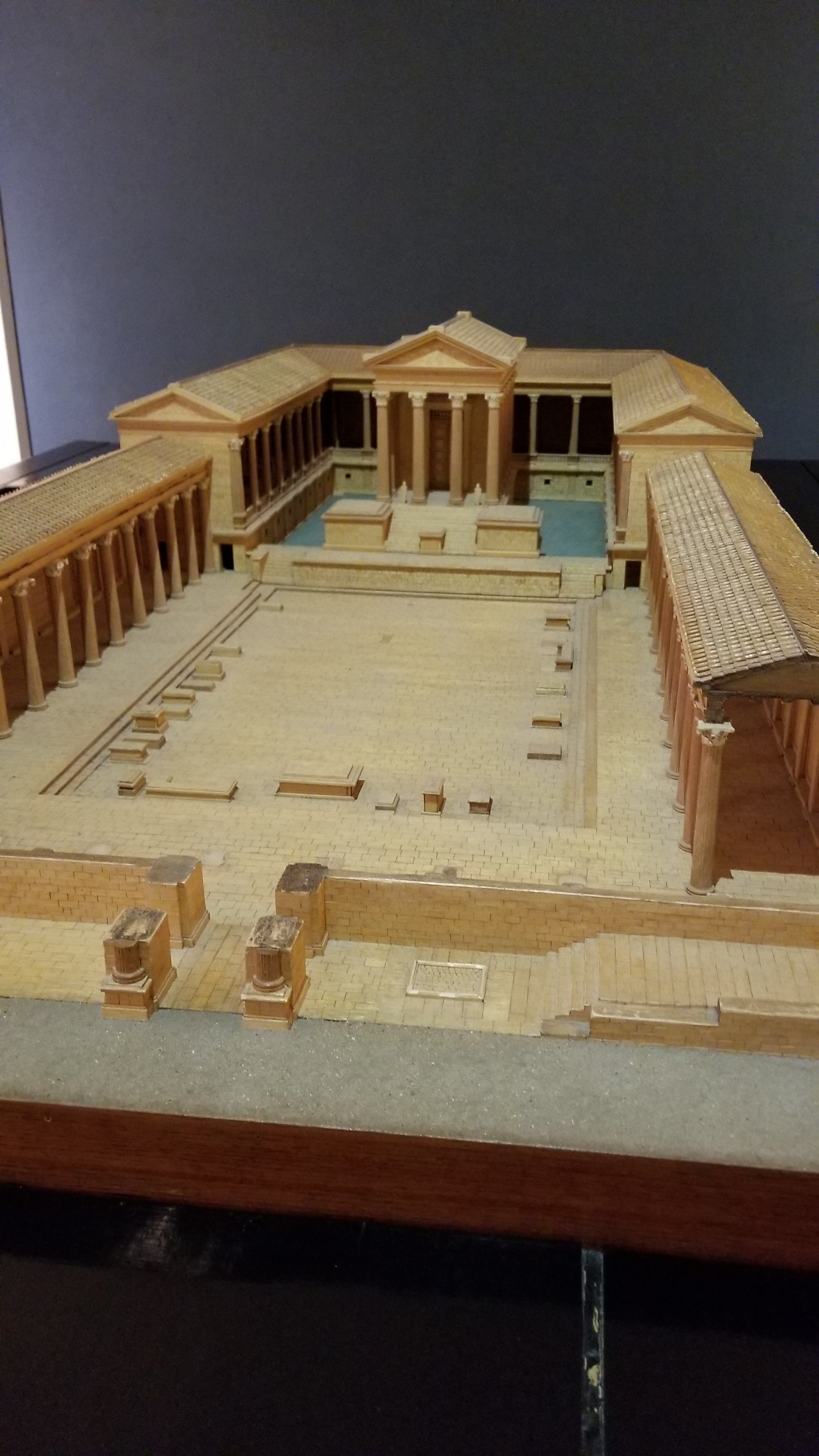
This was a very good visit, and well worth going out of your way for. The history is amazing, and the restaurant on site actually serves some pretty good Portuguese food! Make this a must visit if you come to Portugal! It is right outside the city of Coimbra.
